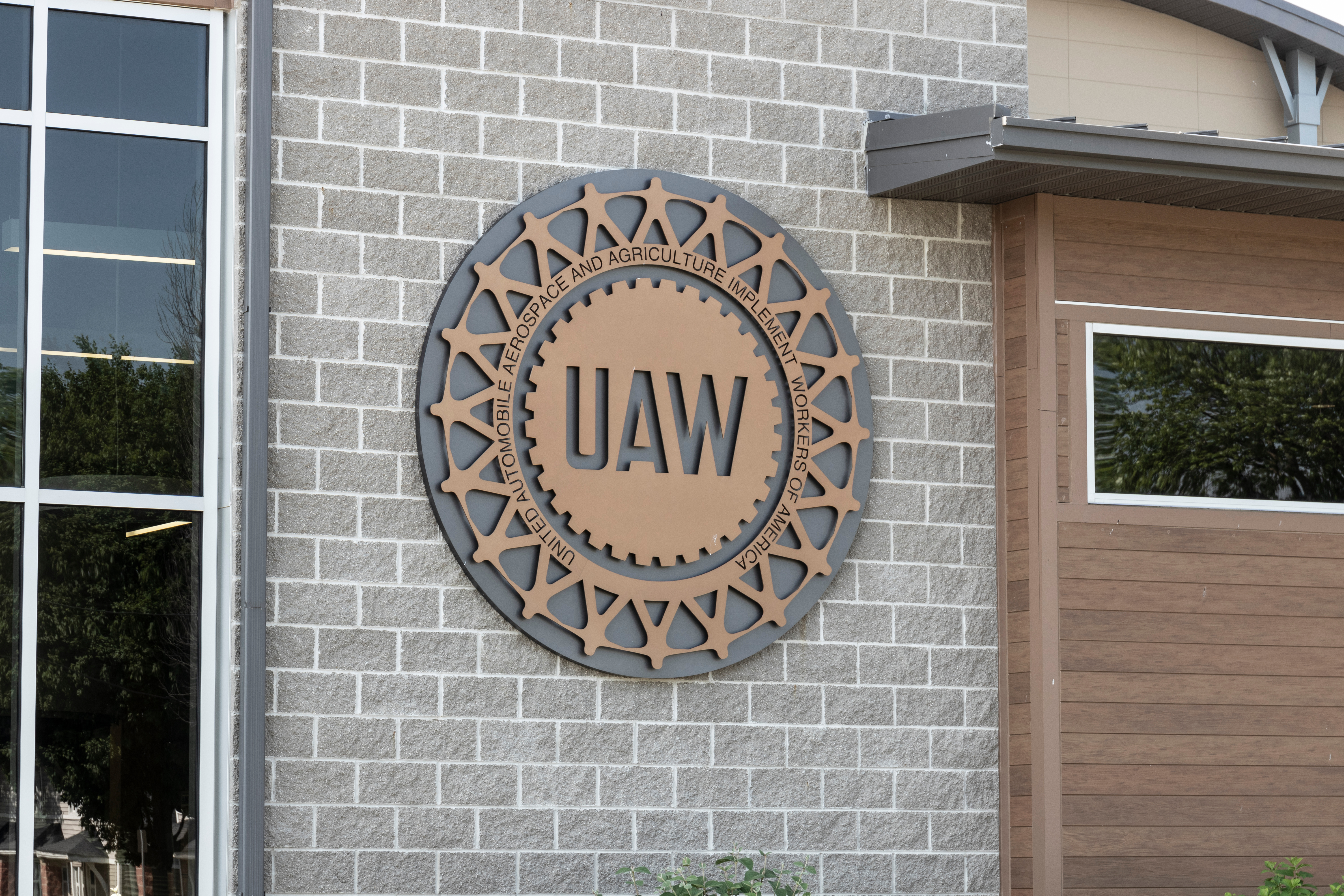Editor's Note: This article is part of Area Development's Auto/Aero Special Report in the Q3 2024 issue. It was commissioned and edited by Dennis Cuneo who served as guest editor for this special coverage.
Southern automotive states have become a hub for the auto industry's latest investments, particularly in electric vehicles (EVs). Since 2018, over $110 billion in EV-related investments have been announced, with about half of that investment going to Southern states, which are mostly right-to-work, with union-free workplaces. The lack of a strong union presence has been a strong recruiting tool for Southern economic developers.The United Auto Workers (UAW), once a dominant force in American labor, has faced a steep decline in membership, dropping from a peak of 1.5 million in 1979 to just 383,000 by 2022. Now, the union is eyeing the Southern automotive states for potential expansion. These states, with over 455,000 employed in the automotive industry and producing more than 4.7 million vehicles in 2019, represent a lucrative target. However, the potential spread of the UAW into this region is fraught with significant challenges and negative implications for the industry and its workers.
The UAW makes many promises to lure workers’ support during its election campaigns. However, the promises advanced by UAW leaders do not necessarily equate to guaranteed job security for its members. In fact, CBS in September of last year, reported that 65 Big 3 plants, all UAW represented, were shuttered in the last 20 years. This trend raises concerns about the long-term viability of UAW-represented jobs. Cumbersome, lengthy and rigid UAW-negotiated contracts often reduce flexibility and efficiency, rendering unionized plants less competitive. Such a decline often prompts manufacturers to relocate production or place new investments into non-union states or even other countries, especially during periods of declining sales or recessions.
The United Auto Workers (UAW) has faced a steep decline in membership, dropping from a peak of 1.5 million in 1979 to just 383,000 by 2022. Recent developments underscore these risks. After negotiating new contracts between the UAW and the Detroit 3 automakers, Stellantis recently announced plans to locate new EV production in Mexico, bypassing the United States entirely. Ford’s CEO, Jim Farley, has said the company will have to think carefully about where it is assembling future vehicles. Moves like this could signal a growing trend among the Detroit 3 to seek more favorable production environments outside the U.S., potentially jeopardizing jobs in UAW-represented plants.
The UAW's track record in the South is mixed. Workers at the Volkswagen plant in Chattanooga chose to have the UAW represent them, marking a significant victory for the union. However, the future of UAW success in the South remains uncertain. A solid majority of the workforce at the Mercedes-Benz plant in Alabama recently rejected UAW representation, reflecting ongoing skepticism about the union's benefits.
The promises advanced by UAW leaders do not necessarily equate to guaranteed job security for its members. The resistance to unionization in the South is deeply rooted and, in some regions, borne of painful experience. For example, in Alabama heavily unionized industries that once thrived have shed tens of thousands of jobs. Steel, paper, rubber, and textile manufacturing have been hit hard, and many Alabamians saw firsthand that unions don’t save jobs. Southern states also have long favored right-to-work laws, which allow workers to opt out of joining a union or paying union dues even if they are covered by union-negotiated contracts. Additionally, there is a strong culture of pride in self-performance and self-determination in the South, making it difficult for the UAW message to take root. Finally, many Southern workers do not share the UAW’s political agenda.
Despite the UAW’s obvious headwinds, it is important to remember that most Southern workers have never been exposed directly to unionization, and therefore have no firsthand knowledge of its many disadvantages. Employers are well advised to educate their management and their employees on the basics of unions and union organizing. It is precisely an employee’s lack of knowledge about unions that could make him or her vulnerable to a union organizer’s approach.
455,000 – The number of employees in the automotive industry in Southern states. While the UAW seeks to expand its influence into the Southern automotive states, the potential negative impacts cannot be overlooked. Economic developers in the South have successfully recruited billions of new investment because of the lack of union representation in their regions. The mixed results of UAW organizing efforts in the South, coupled with the region's historical resistance to unionization, suggest a challenging path ahead for the union. As the automotive industry continues to evolve, particularly with the shift towards EVs, the decisions made today will shape the future of work and economic stability in the Southern automotive states. The UAW's ability to navigate these complexities will determine whether it can successfully expand its footprint or if the South will remain a bastion of non-union labor in the American automotive industry.

